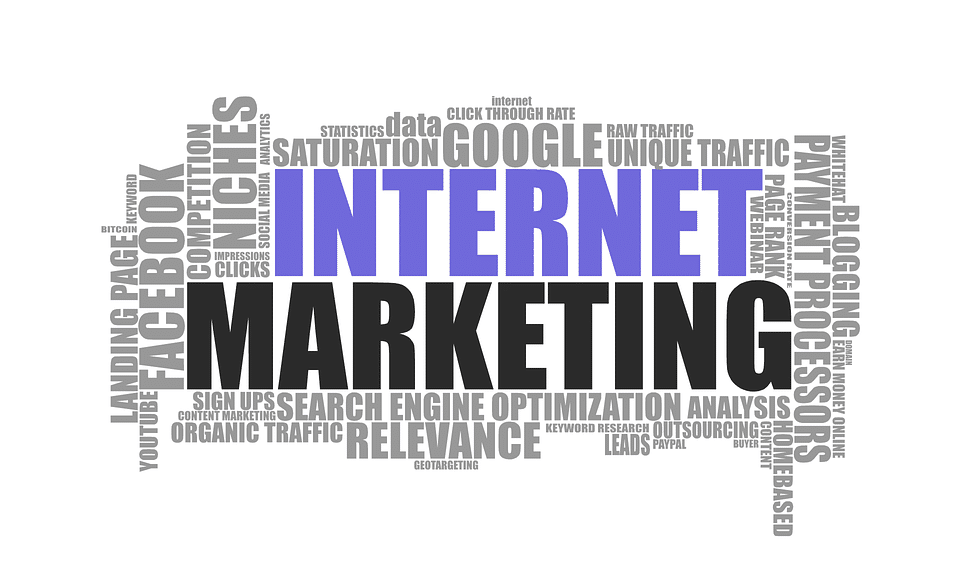How Influencer Marketing will be a $5-$10 billion market in the next five years
UPDATED 05/24/2022 We published our global influencer marketing industry market spent in 2015. Since then, many things have changed in the influencer market ecosystem, which has helped reshape and disrupt the industry.
We published an in-depth analysis and methodology regarding the Instagram influencer market spend, with advertisers potentially spending $1.6billion on Instagram alone for 2018. This also showed brands and the rest of the world that fake Instagram followers and engagement could cost advertisers up to $100m each year -- a fraud practice for macro and micro-influencers.
Do you want to increase ROI with your next influencer marketing campaign? To get started, talk to one of our experts in influencer marketing.
After discovering that 93% of top Instagram celebrities don't follow FTC guidelines regarding proper brand sponsorship disclosure, 2017 was the first year the FTC filed a case against individual Influencers.
2018 is when influencer marketing is becoming more mainstream -- not just for established brands and influencers but also for newcomers. All types of marketers are looking for viable advertising channels to maximize the reach and efficacy of mobile and social media audiences, their time on these platforms/apps, growth, and time spent.
The search volume for "influencer marketing," nearly 10,000 per month, has increased threefold since 2016. This shows strong interest in this area, and it continues to grow.
The average monthly search for "influencer market" has nearly doubled in just half a year (from 500 to 2400 U.S. Google results). Google Trends shows that interest in influencer marketing increased by more than two-fold within the past year. This increased almost 40% compared to the previous year, which saw a 40% rise.
Influencer marketing proved to be a powerful marketing channel for many brands in 2015. It has been used to supplement or replace other media that have been affected by the growing trend of adblocking. These " cord-cutters," who spend significantly less time in front of a TV (many of which will never consider traditional cable services "cord-cutters"), access their daily media content exclusively through social media channels, apps, and platforms.
While influencer marketing seems to have become a popular trend overnight, many brand-influencer sponsorships began ten years ago. Famous bloggers started blogging advertising, but it has spread to other influencer channels like Instagram, Snapchat, and YouTube. Ad dollars will continue to grow as social platform growth, audience, and viewership increase.
These are the top trends that will drive growth in the global influencer market.
- There has been a close to five-fold (5X) increase in influencer marketing interest in the last six months. This is a significantly higher rate than in 2014 when interest increased fivefold over 12 months.
- Marketers are investing money to reach these demographics, quickly reducing TV viewership. In 2015, however, mobile app time ( 198 minutes) was more than TV time.
- The decline in TV viewers is accompanied by an increase in digital advertising spending, which is expected to surpass TV ad spending in 2016. Although some reports suggest a later overtake of the US TV advertising market, it is estimated at $70 trillion.
- Advertisers will be paying $22 billion for ad-blocking in 2015. This amount is expected to rise to $42 billion in 2016.
We currently estimate that the influencer marketing budget is approximately $500 million. Based on the current TV advertising to the digital market ($70 billion), reallotment of ad dollars from ad-block channels, and the current rate of growth in influencer Marketing, we estimate that the total influencer marketing ad spending will increase to $5-10 billion in the next five years.
The Growth Of Social Media Audiences & Influencers
Today's viewers are becoming "cord-cutters," declining TV viewership is being replaced by mobile screen time. For viewers aged 18-24, the traditional TV viewership dropped 35% between 2011 and 2015. Younger viewers increasingly spend more time online, particularly on their smartphones, than watching TV. According to Mary Meeker's midyear Internet Trend Report, mobile media time is growing significantly and represents a potential $25 billion in U.S. revenue.
Due to their targeted reach and target groups of followers and subscribers, there is increasing demand for top social media influencers and, therefore, sponsorship rates. These advertising rates were once hundreds of dollars and included a free product. Today, top influencers can command rates in the tens of thousands, ranging from one Instagram post to a dedicated YouTube video or longer-term collaborations. Top social media stars have the opportunity to get influencer marketing and advertising rates (e.g., The popularity of YouTubers, Viners, and Instagrammers has increased to the point that many traditional talent agencies have begun to facilitate the next wave in brand deals.
Influencer marketing solves the Ad Blocking Conundrum by providing content and distribution solutions.
The roughly $1 billion purchase by Walt Disney of YouTube MCN (multichannel network) Makers Studio shows the direction and demand for content and distribution today.
The introduction of Apple's ad-blocking technology in iOS9 in the second half of 2015 brought ad blockers as a global movement to mainstream prominence. Numerous reports, including PageFair's " 2015 Ad Blocking Report" and Adobe, have highlighted the seriousness of the problem. In 2015, publishers lost $22 billion. This figure is expected to rise to $42 trillion in 2016. Brands and advertisers are looking for ways to reach the masses online with billions of dollars in advertising dollars at stake. Marketing with social media stars is a few ways advertisers can reach audiences online without being blocked by ads. This will ensure that marketing with them continues to grow.



